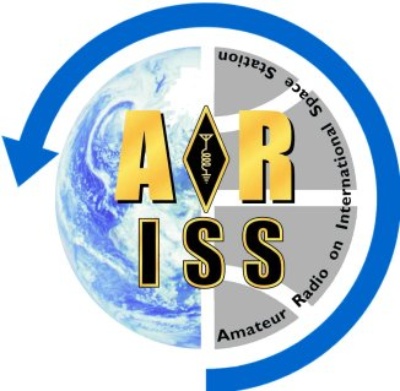Neues Amateurfunkequipment auf der Internationalen Raumstation
- 06.09.20, 13:35
- Willi Kraml

Ein erster Schritt, die Raumstation ISS mit Funkequipment neuester Generation auszurüsten, wurde gemacht, und das neue Funkgerät ist auch schon in Betrieb, wie die ARRL berichtet. Es besteht aus einem modifizierten JVC-Kenwood D710GA Transceiver und einer speziell angefertigten Stromversorgungseinheit. Es kann damit auch Crossband-repeter-Betrieb gemacht werden (Uplink 145.99 MHz mit CTCSS 67 Hz und Downlink437.800 MHz).
Nähere Infos im englischen Original:
First Element of ARISS Next-Generation Radio System Installed and Operating on ISS
The initial element of the Amateur Radio on the International Space Station (ARISS) next-generation radio system has been installed onboard the ISS, and operations using the new gear are now under way. The first element, dubbed the InterOperable Radio System (IORS), was installed in the ISS Columbus module. The IORS replaces the Ericsson radio system and packet module originally certified for spaceflight in mid-2000.
"Finally! It's been a scramble the last few days with coordination over the weekend and yesterday with astronaut Chris Cassidy, KF5KDR," ARISS-US Delegate for ARRL Rosalie White, K1STO, said. "But the new ARISS radio system is now installed, set up, and functioning. What a long road we've traveled over the past 5 years!"
Launched from Kennedy Space Center last March, the IORS consists of a "space-modified" JVC-Kenwood D710GA transceiver, an ARISS-developed multi-voltage power supply, and interconnecting cables. The design, development, fabrication, testing, and launch of the first IORS culminated a 5-year engineering effort by the ARISS hardware team of volunteers.Initial operation of the new radio system is in FM cross-band repeater mode using an uplink of 145.99 MHz (CTCSS 67 Hz) and a downlink of 437.800 MHz. Special operations will continue to be announced, ARISS said.
ARISS says the new system offers a higher-power radio, voice repeater, digital packet radio (APRS) capabilities, and a Kenwood VC-H1 slow-scan television (SSTV) system.
A second IORS will undergo flight certification for later launch and installation in the Russian Service Module. "Next-gen development efforts continue," ARISS said. "For the IORS, parts are being procured and a total of 10 systems are being fabricated to support flight, additional flight spares, ground testing, and astronaut training." Follow-on next-generation radio system elements include L-band repeater uplink capability -- currently in development -- and a flight Raspberry Pi, dubbed "ARISS-Pi," still in the design phase. The ARISS-Pi promises operations autonomy and enhanced SSTV operations, ARISS explained.
This year, ARISS marks 20 years of continuous amateur radio operations on the ISS. The largely volunteer organization welcomes donations to the ARISS program for next-generation hardware development, operation, education, and administration. Read more.

